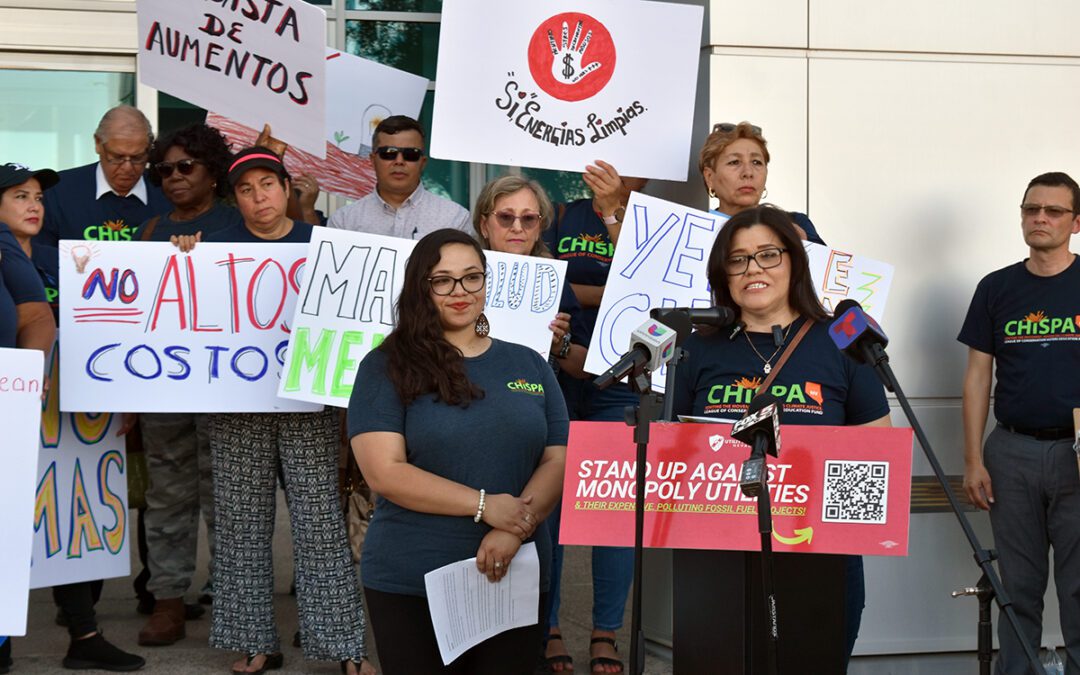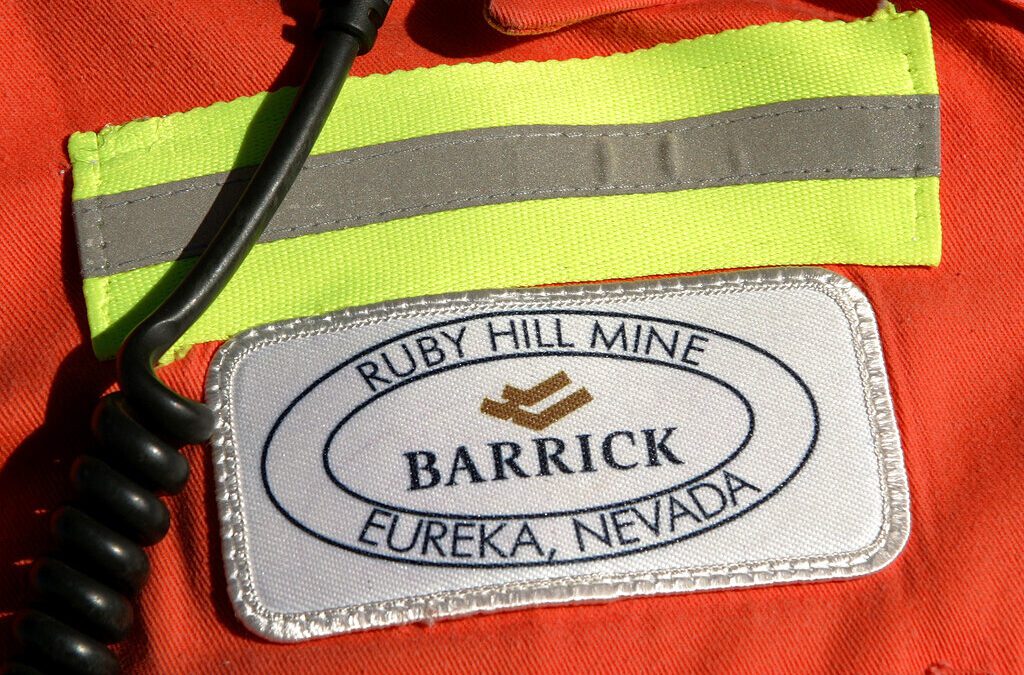
FILE - A flare burns at a well pad Aug. 26, 2021, near Watford City, N.D. On Saturday, Dec. 2, 2023, the Biden administration issued a final rule aimed at reducing methane emissions, targeting the U.S. oil and natural gas industry for its role in global warming as President Joe Biden seeks to advance his climate legacy. (AP Photo/Matthew Brown, File)
The Biden administration on Saturday announced a finalized rule that will dramatically reduce harmful air pollutants such as methane from the oil and natural gas industry over the next 15 years, a significant step in the president’s effort to curb pollution that drives climate change.
Oil and gas operations are the United States’ largest industrial source of methane, which is the second-largest driver of climate change, after carbon dioxide.
Methane—which is the main component of natural gas—is considered a climate “super pollutant,” because it traps heat in the atmosphere far more dramatically than CO2. Climate scientists have said that reducing methane emissions would be critical to preventing the worst consequences of climate change.
The proposed rule imposes new regulations on the oil and gas industry, such as requiring comprehensive monitoring for leaks; establishes standards that require reductions in emissions from high-emitting equipment; and promotes the use of methane detection technologies.
The rule is likely to be the subject of lawsuits from conservatives and the fossil fuel industry, but if upheld, could be felt most acutely in states like Nevada.
According to a new national climate assessment released just last month, Nevada will continue to experience severe weather events, food shortages, and more if action is not taken to stop the effects of climate change. The state’s vulnerability to climate change is why groups such as Institute for a Progressive Nevada, are lauding the Biden administration’s efforts.
“We are grateful to see the federal government taking bold steps to address the pressing issue of climate change,” Brian Harris, the group’s lead organizer, said in a statement. “In Nevada, the approval of these stringent measures holds profound significance. By cutting methane pollution from oil and gas production, we are taking a vital step towards enhancing air quality and protecting the health of our residents.”
Research has shown that even small amounts of methane escaping into the air is just as dangerous to the planet as burning coal. In fact, human-caused methane emissions are responsible for about 30% of global warming today, according to the United Nations Environment Programme. Most of the methane emissions in the United States come from the energy sector, agriculture, and landfills.
The rule, Reg. 2060-AV16, came on the third day of this year’s international climate talks in Dubai, where the United States has sought to play a leading role in global efforts to reduce methane emissions.
EPA Administrator Michael Regan called the final rule announced Saturday a “historic action to reduce climate pollution” in a statement. He added that it will protect “people and the planet.”
The new rule will include a “Super Emitter Program” that will allow third parties, such as environmental groups, to detect and report large methane releases from oil and gas sites, which are reportedly responsible for almost half the methane emissions from the oil and gas industry. The rule will also require the oil and gas industry to phase out routine natural gas that’s flaring at new oil wells across the country, and monitor methane leaks from well sites and compressor stations, which help transport natural gas from one location to another.
The rule also creates standards for reducing emissions from equipment such as storage tanks, pumps, and controllers.
The EPA estimates that these new standards will “prevent an estimated 58 million tons of methane emissions from 2024 to 2038,” reducing methane emissions by nearly 80% below what they were projected to be. This is in line with President Biden’s climate ambitions: the president has said he wants to zero out the United States’ greenhouse gases by 2050, which would meet goals laid out in the Paris climate agreement.
The amount of methane that will be captured, or leaks avoided, would be enough to heat roughly eight million homes during wintertime.
The agency also estimates that these new standards will have net financial benefits of at least $7.3 billion a year through 2038.
“As the world gathers to tackle the climate crisis, the US now has the most protective methane pollution limits on the books,” Fred Krupp, president of the Environmental Defense Fund, said in a statement. “EPA’s limits on oil and gas methane pollution are a vital win for the climate and public health, dramatically reducing warming pollution and providing vital clean air protections to millions of Americans. With other countries also zeroing in on methane as a key climate risk, it’s a signal to operators worldwide that clean-up time is here.”
The Biden administration has taken several other steps to address climate change and emissions since the president has been in office, including in Nevada.
Most recently, the White House announced more than $6 billion in new investments— funded by Biden’s 2021 infrastructure law and the 2022 Inflation Reduction Act—to make communities across the United States more resilient to the impacts of climate change.
The White House also recently announced $1.3 billion in new federal funding—also through the infrastructure law and Inflation Reduction Act—to create three new, massive electrical transmission lines, including one between Nevada and Utah.
The Inflation Reduction Act represented the largest-ever American investment in fighting climate change. The legislation included a mix of tax credits for companies and rebates for consumers in order to make the manufacturing and consumption of clean energy technologies and products cheaper.
In other words: by making clean energy—like solar, wind, and hydropower—cheaper to produce and use, the IRA seeks to hasten the transition away from fossil fuels that are one of the biggest sources of emissions.

Condena Chispa Nevada el retiro de apoyo en su pago de electricidad a familias de bajos ingresos
Chispa Nevada condena que la administración Trump retire ilegalmente el financiamiento del programa de Nevada para reducir las facturas de...

Biden admin moves to shield Nevada public lands from mining with support of tribes, local leaders
In one of President Biden’s last moves in office, his administration has moved to protect 269,000 acres of public land in Nevada from a proposed...

Many fear help for Nevada water conservation will dry up under Trump
Despite billions from the Inflation Reduction Act going to benefit Nevada, President-elect Donald Trump and conservative fiscal hawks may pursue a...

Grant from Biden infrastructure law to help install 185 EV charges around Las Vegas valley
A $3.2 million grant from the US Department of Transportation will help fund and install electric vehicle charging stations in primarily...

Almost 500 people have died from extreme heat in Las Vegas in 2024, officials say
Factors relating to extreme heat accounted for 491 deaths and more than 3,500 emergency room visits, according to Clark County officials, as Las...

Nevada gold mining venture selected for $95M solar project
After being awarded a federal grant to help decarbonize the mining industry, Nevada Gold Mines hopes to build two on-site solar panel and battery...




